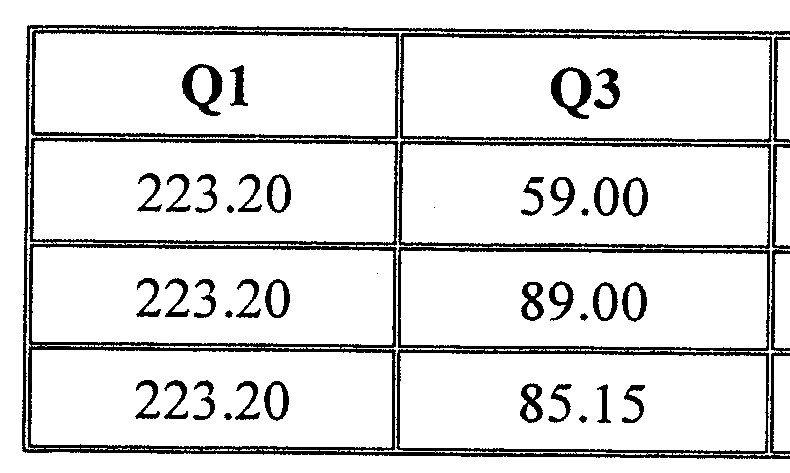Struggling to develop the method of NDSRI N-Nitroso meglumine in Telmisartan Tablets. Impurity shows very notorious behavior. Any one having methods or feed back in regards please let me know.
@DPandey Thanks for reaching out to the community … Can you fill in additional details, what have you tried? What did not work? What progress have you made so far?
Dear Naiffer, thanks.
I am facing challenge in regards inconsistency of impurity in terms of area response. Used various diluent but n-Nitroso meglumine area response fluctuation observing. Right now using Sugar HPLC column. Your expert opinion will help me out.
Hello @DPandey, Greetings from Doctors’ Analytical Labs, India.
Try using the below column and mobile phase composition
Kinetix biphenyl
250*4.6, 5 micron
M.P. A
0.1 % Acetiic acid in water
M.P. B
0.1% Acetic acid in acetonitrile
Hello Dear All, We want to order N-Nitroso Meglumine. But N-nitroso meglumine has two Cas numbers. Which one is correct? Can you please help me?
https://www.simsonpharma.com/product/n-nitroso-meglumine (CAS No: 10356-92-0)
CAS No : 62137-31-9 | Product Name : N-Nitroso-Meglumine | Pharmaffiliates (CAS No: 62137-31-9)
CAS No: 62137-31-9 is correct according to EMA. But what are the differences?
It appears that CAS # 62137-31-9 corresponds to the racemic product. Check out TLC product page:
Product Page
So is EMA asking us to analyze the racemic standard? In this case, what I understand is that EMA is asking us not to separate this mixture and report this racemic mixture as a single impurity, not to report the individual isomers in the racemic mixture.
Am I right about this?
Most of the Nitrosamines reported Cis and anti confirmer and impurity standard contains sum of the both peaks, so no need to procure separate impurity or separation of both peak during method development or to report separately.
@Hasan_T
Unless using a chiral column, the enantiomers are not separated in Nitrosamine LC-MS analysis and also they are not considered having different toxicities, as I know. Therefore, for the std it is not important if it is racemic or a pure enantiomer.
Additionally, as @DPandey mentions above, asymmetrical nitrosamines can exist in two different stable forms, rotamers, distinguishable by several analytical methods - due to the partial double bond character of the N–N bond. Therefore, it is not unusual to see two chromatographic peaks for N-Nitrosamines, regardless of the existence or not of optical isomers.
Which MRM transition you have used? and what is the spec limit?
please use negative mode ionization
Could you please provide any updates on the acceptable intake (AI) limit for N-nitroso-meglumine (100 ng/day vs. 1500 ng/day)?
If we adopt the lower limit (100 ng/day), is there a significant risk that this impurity will exceed the specification?
Can you rule out any issues with your system? Are other analyses performing well so far? LC-MS is sometimes quite sensitive to problems—contamination, inconsistent spray, or even HPLC-related issues like injector malfunctions.
Which ionization mode are you using—ESI or APCI? Do you happen to have a spectrum available? It’s possible that in-source fragmentation is occurring. A common loss is 30 Da. You might want to check your source parameters and adjust them to stabilize the system.
Another potential issue could be your eluent composition. Since I don’t know what modifiers you’re using, it might help to change the type or increase the concentration to stabilize ionization.
Best regards,
Philipp
Thank you for your advice on analytical methods. Additionally, regarding the limit issue, do you have any suggestions—specifically, is N-nitroso-meglumine prone to exceed acceptable levels in pharmaceuticals?
Best regards
Hi
Some nitrosamines are highly prone to forming adducts with Na and K, even if these species are not present in the mobile phase, they may appear as traces in the system. When this occurs, the percentage of adduct formed is variable, and these adducts are stable enough to be filtered in the first quadrupole, causing variability in the areas. Have you ruled out the possible formation of adducts? In these cases, the best solution is to use a deuterated NA standard as an internal standard to compensate this effect.
The amount of NA that can form depends on many factors, such as the pH of your formulation, the level of moisture present, the nitrite levels of your excipients, and the API/excipient ratio, among others.
